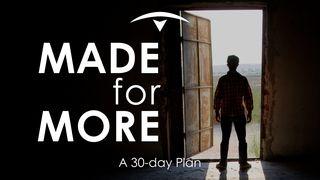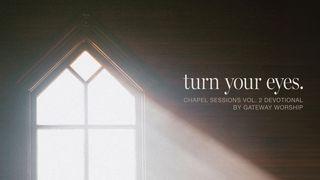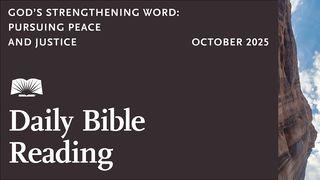Access To The TabernacleSample

THE FENCING ITSELF

The fencing of the tabernacle was 46 meters long, 23 meters wide and almost 2½ meters high - if we use the generally accepted measurement of a cubit being 21 inches in length.
The fence of the court consisted of sixty pillars which were spaced about five cubits from each other; twenty on the south side, twenty on the north side, ten on the west side, and ten to the east. The gate (entrance) was on the eastern side between four pillars. The gate was the only entrance from outside to the tabernacle in the courtyard.
A total of 56 pillars were hung with white fine woven linen wall coverings, while the gate (between the four pillars) was covered with fine woven linen with multi colours of blue, purple and scarlet (Exod. 27:16).
The description of the fencing around the court is found in Exodus 27:9-18.
A detailed description of the fencing of the Tabernacle brings three important aspects to the fore:
- The fencing itself (Exod. 27:9, 11-13);
- The gate in the fence (Exod. 27:16); and
- The stability of the fencing (Exod. 27:19; 35:18).
The fencing consisted of five different types of material:
- The hangings – made of fine woven linen (Exod. 27:9, 11-13). These white hangings (curtains) on the 56 pillars formed the fence. The linen was made of flax and flax comes from out of the earth. This flax is a fibrous plant which is a base material for linen goods.
- The pillars of acacia wood (Exod. 27:10-12). It is not mentioned that the pillars were made of acacia wood. We assume that this is the case, because that was the only kind of wood that was used in the tabernacle (Exod. 26:32, 37). There were a total of sixty pillars in the fence; twenty in each longer side, and ten in the two shorter sides.
- ·The brass sockets of the pillars (Exod. 27:10-17; 38:17). The base of the sixty pillars of the fence had sixty brass sockets, on which the pillars rested.
- ·The silver tops of the pillars (Exod. 27:10-11; 38:17). Each pillar had silver tops (capitals) with silver bands and silver rings to which the fine woven linen was hung.
- The anchors of the fence (Exod. 27:19; 35:18; 38:20; 39:40). The anchors were bronze pegs with cords. The pegs were in the ground or sand and were connected with cords to the silver rings on the silver tops of the pillars. With this, the fencing was stabilized.
About this Plan

In this study plan, we will have an in depth look at the fencing and the gate as well as the entrance door and the veil of the Tabernacle. The fencing served as a barrier between the camp of Israel and the tabernacle. This prevented the people from coming directly to the tabernacle where God dwelt.
More
We would like to thank Raymond Lombard Ministries for providing this plan. For more information, please visit: https://www.raymondlombard.com/
Related Plans

Power at Sunrise: 30 Days of Reconstructing Your Life With the Word

Reimagine Transformation Through the Life of Paul

Made for More: 30 Days of Experiencing More Life, Love, and Freedom

Crying Out to the God Who Hears

The Creator's Battle: Winning the Inner War for Your Art

TLV Daily Proverbs With Daniah

Peace in the Storm: Finding Faith, Strength, and Rest When Life Feels Out of Control

Turn Your Eyes: Chapel Sessions Vol. 2 Devotional From Gateway Worship

God’s Strengthening Word: Pursuing Peace and Justice
